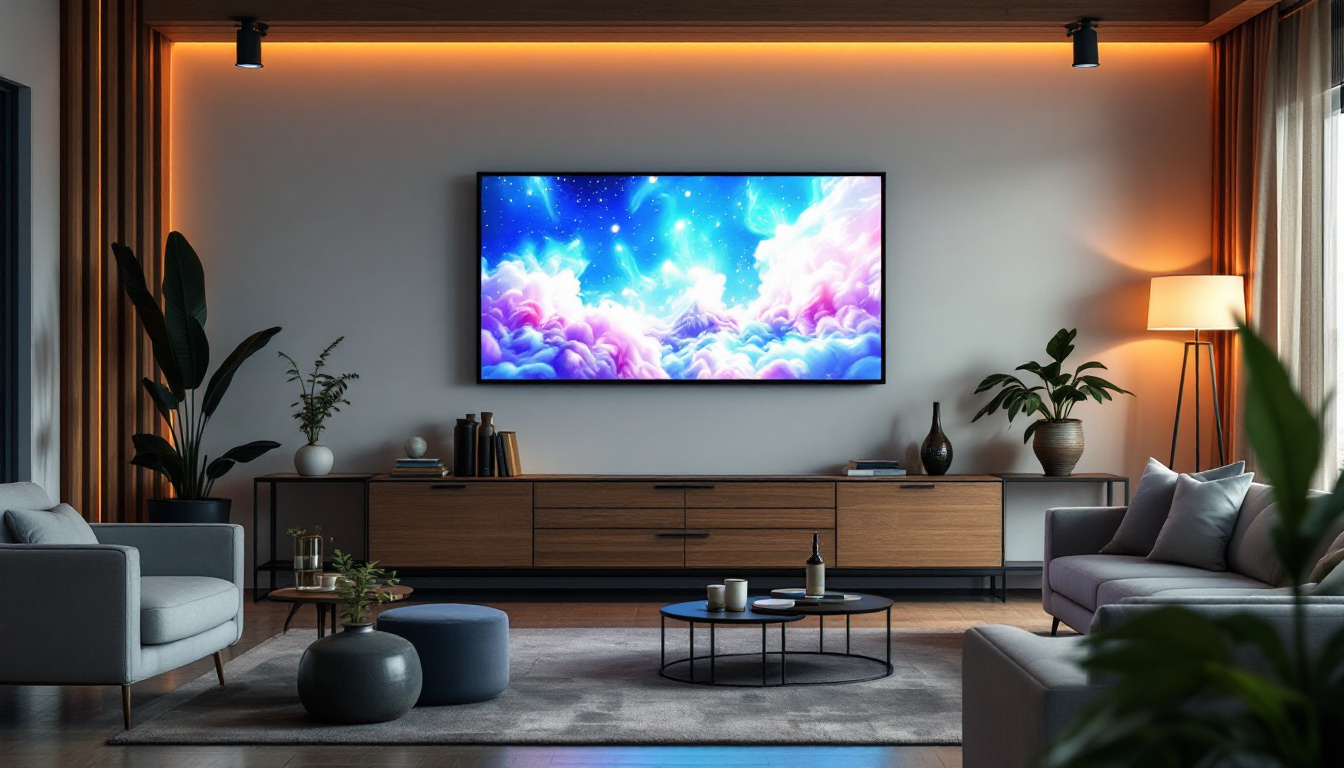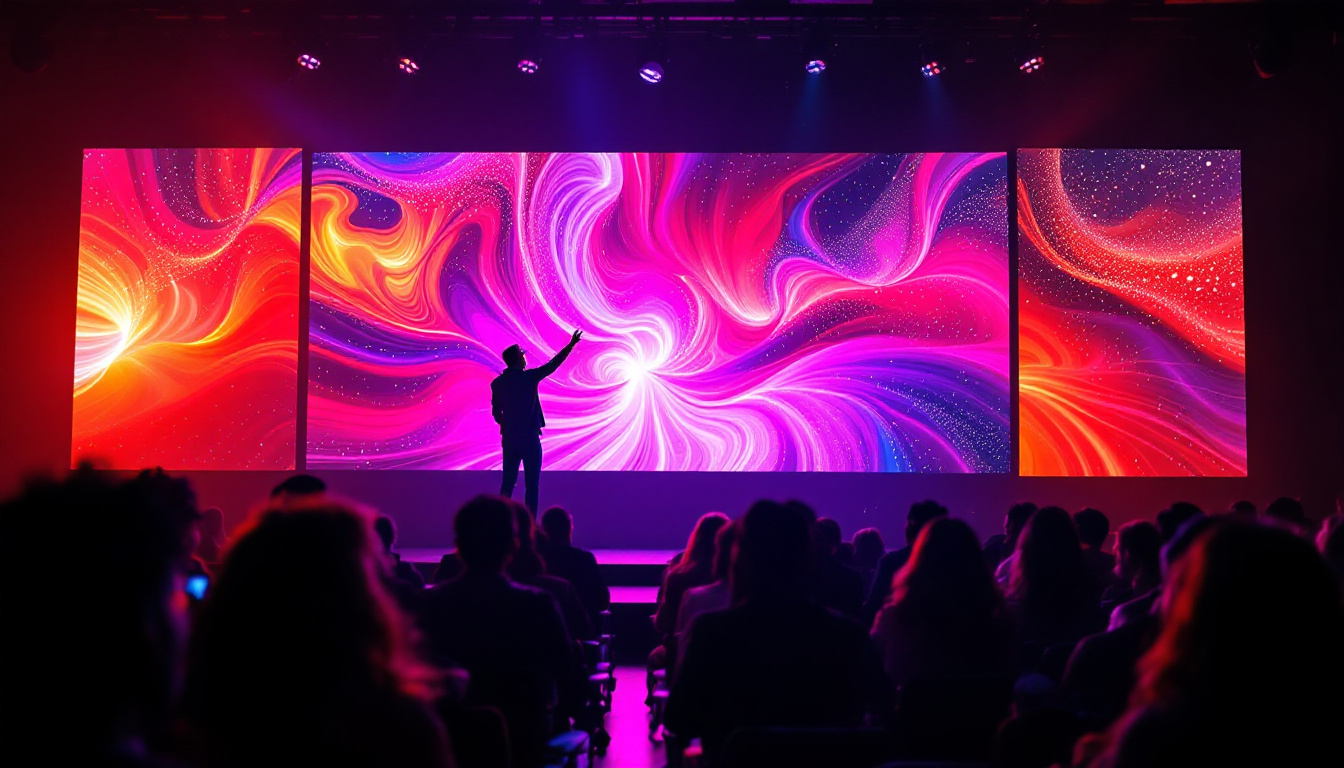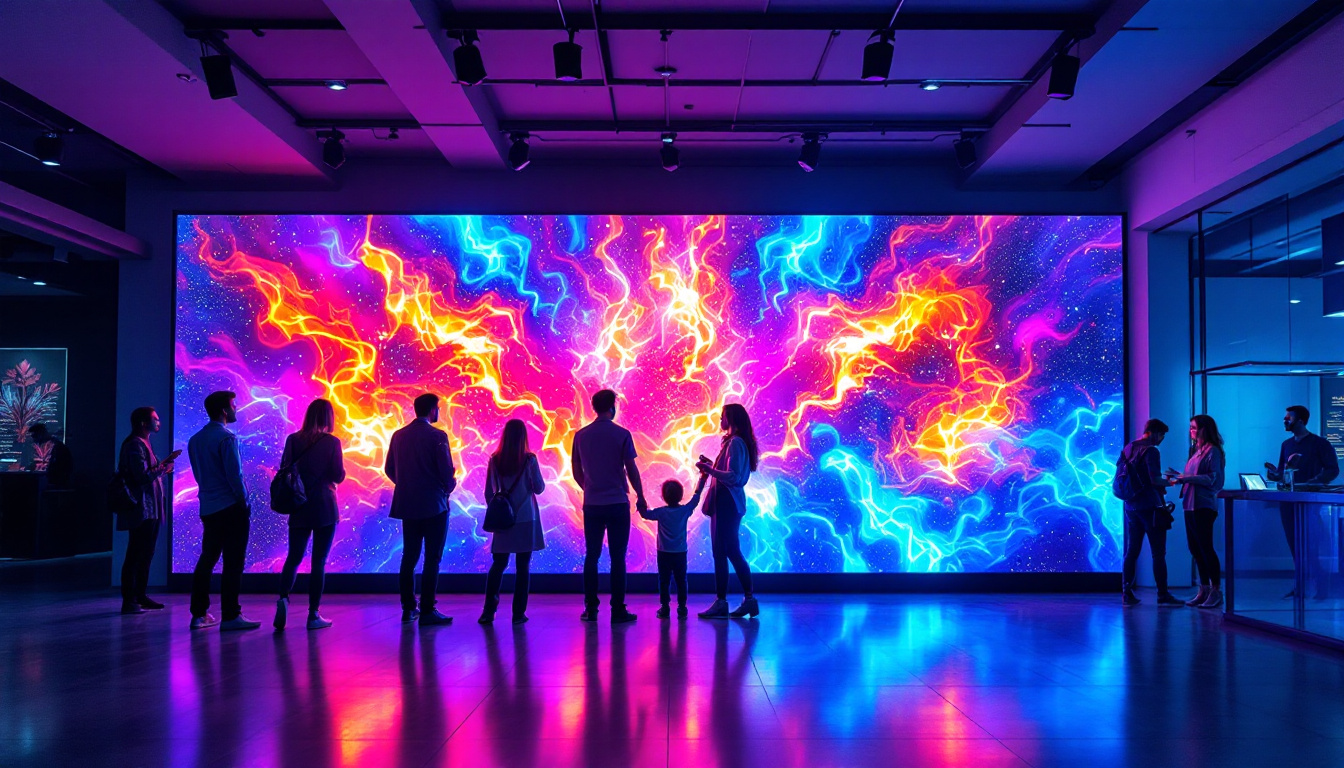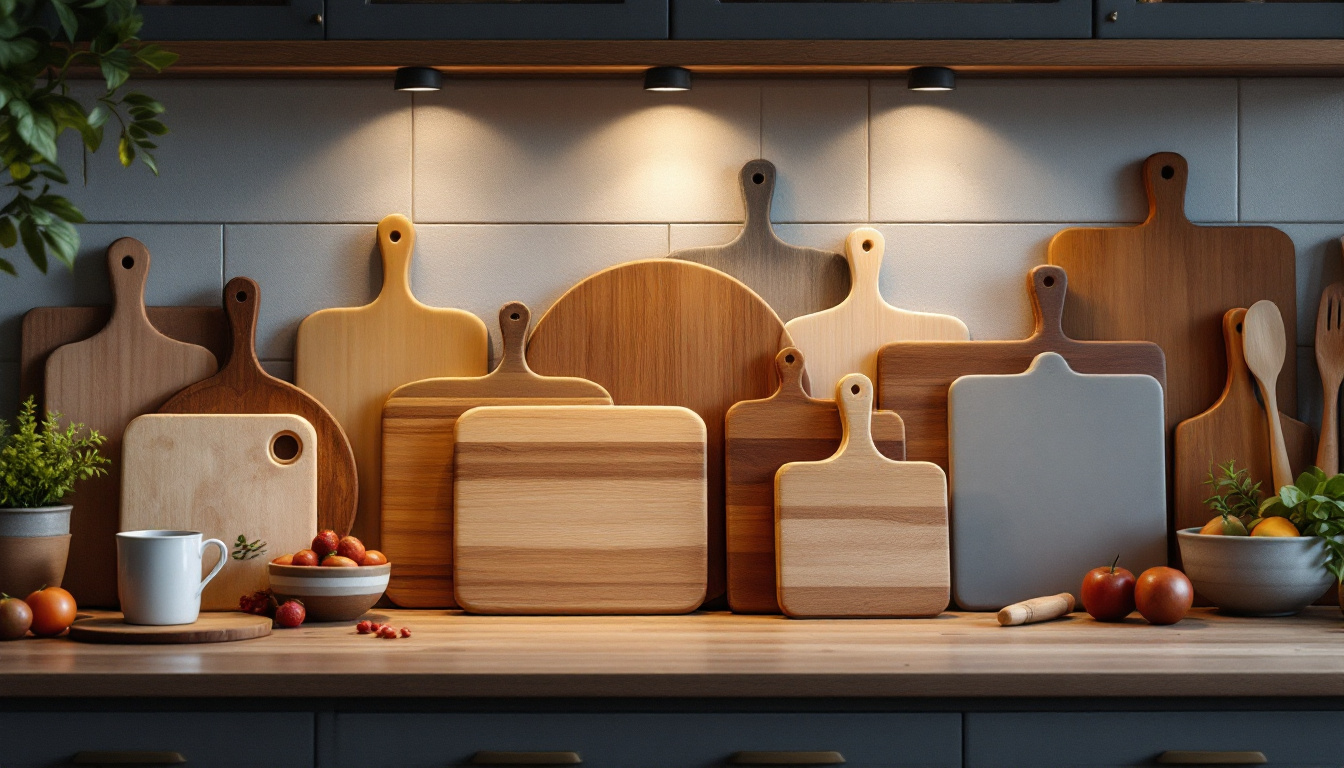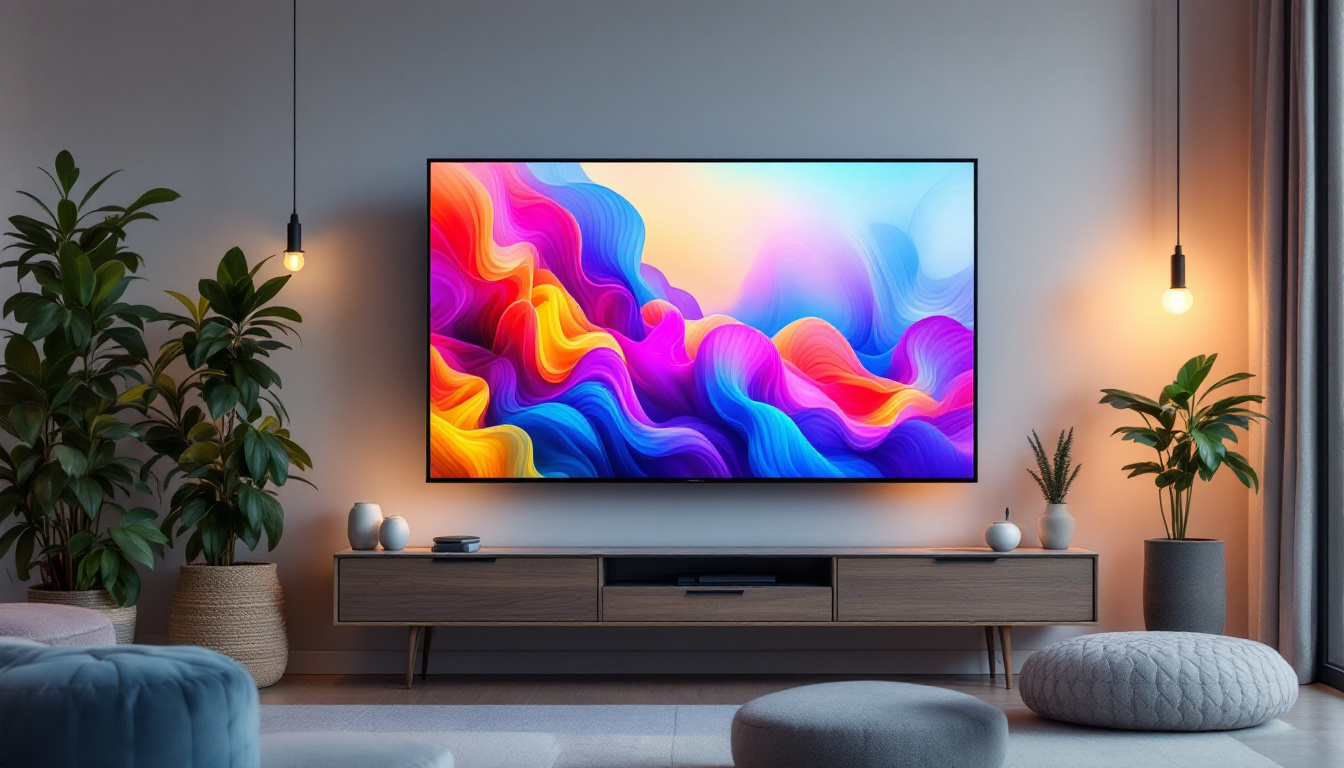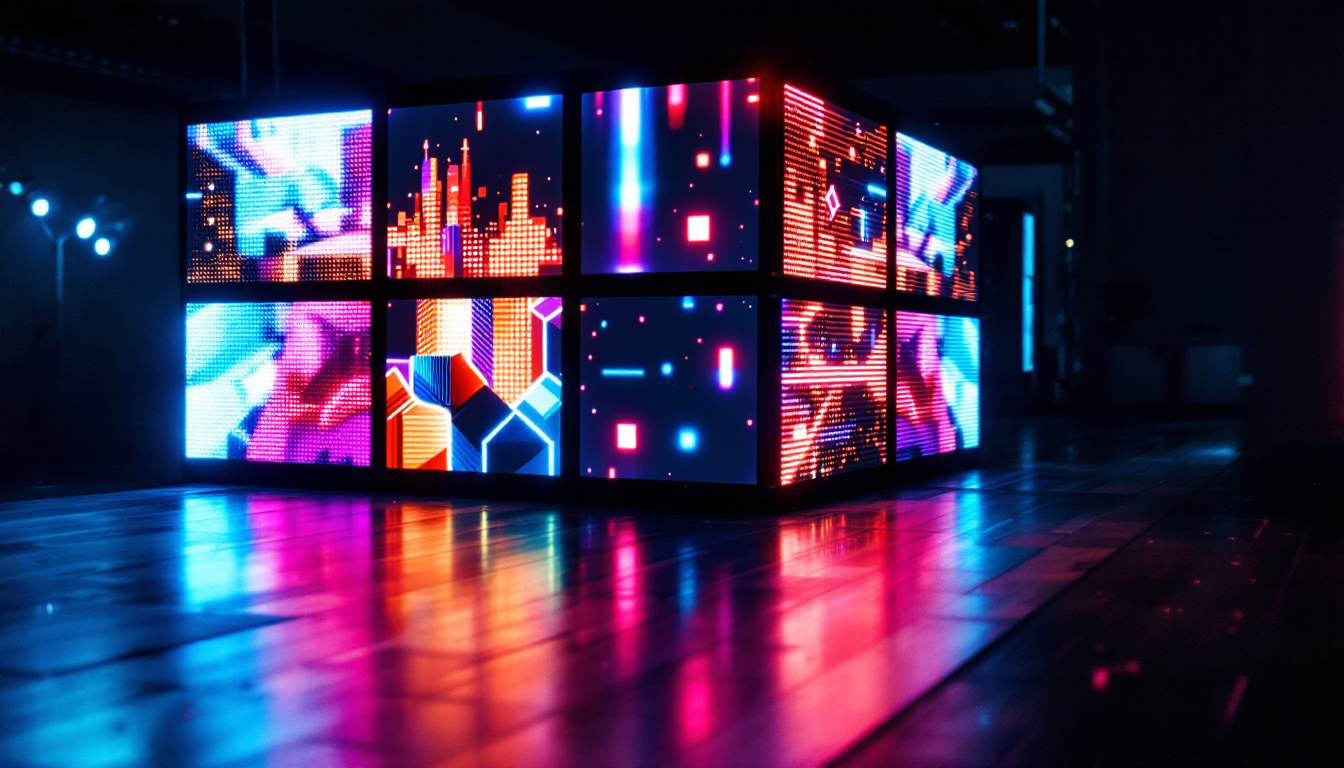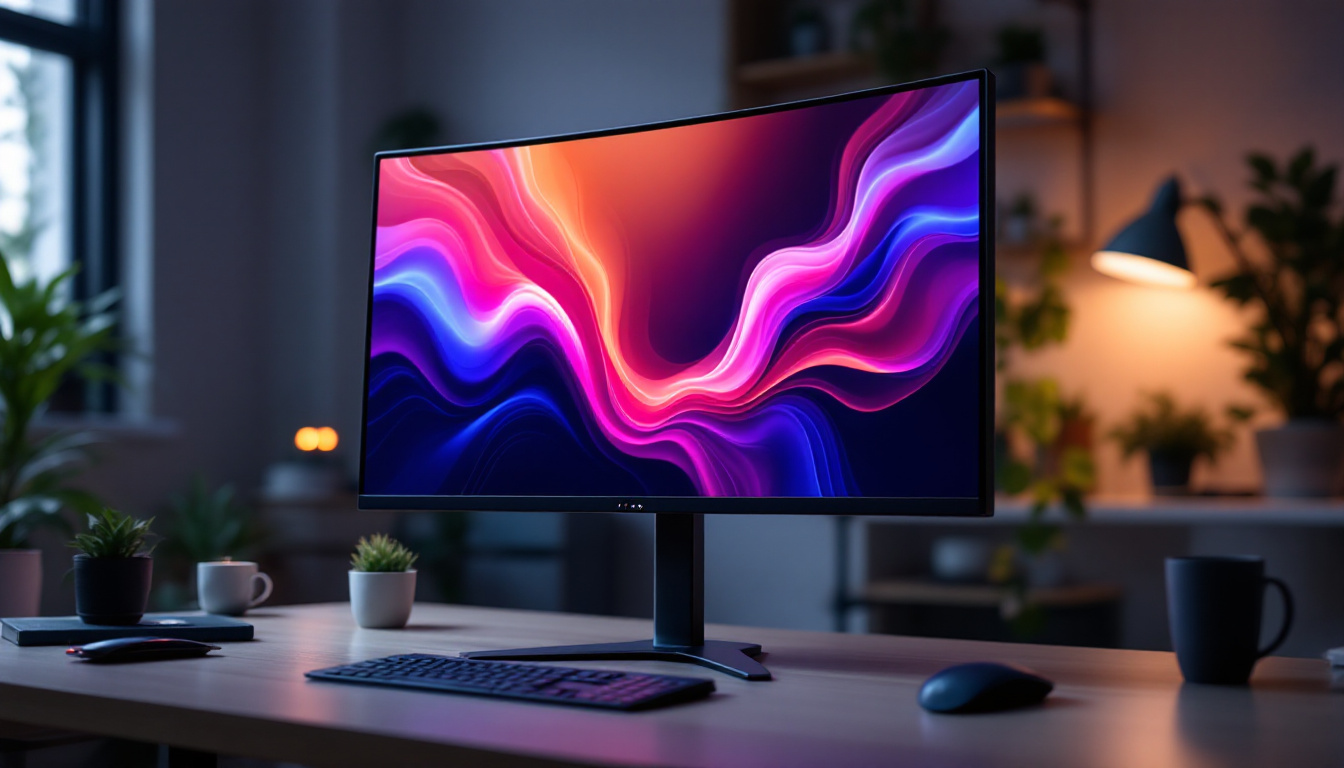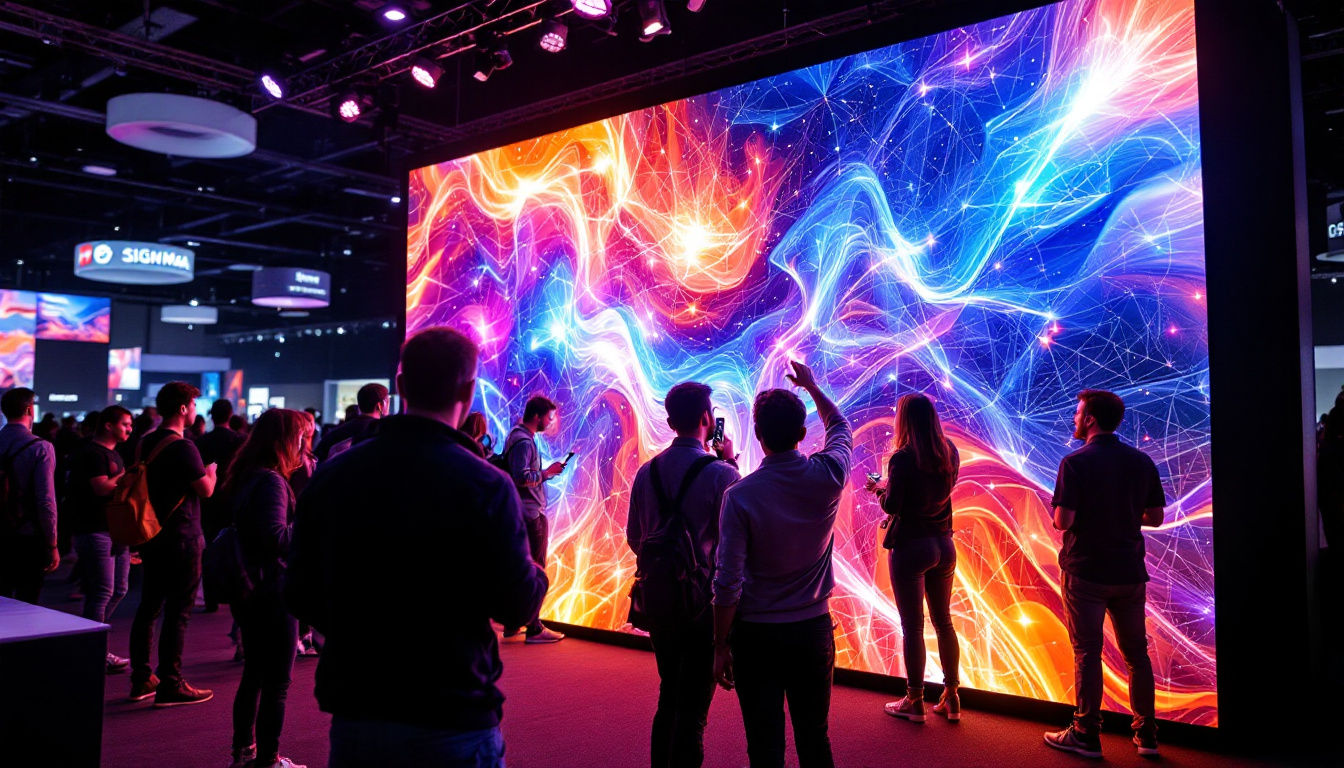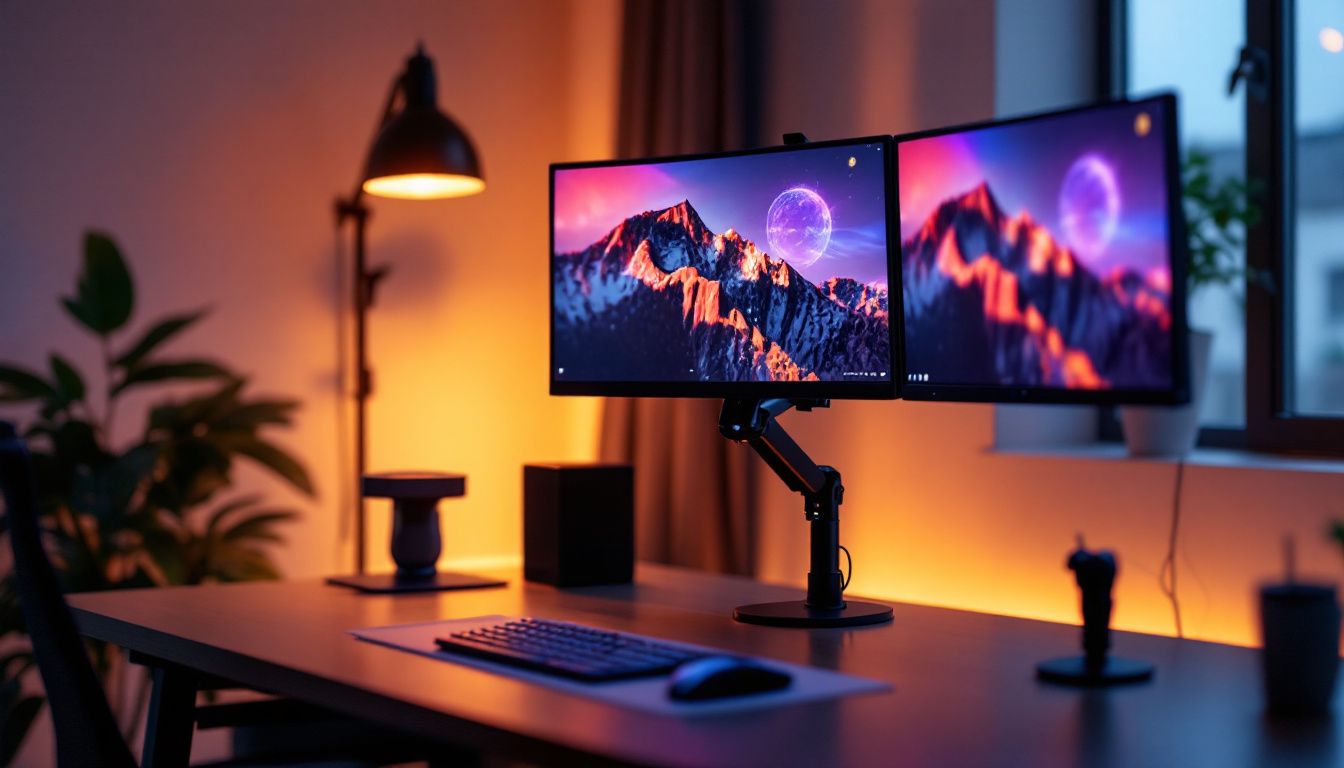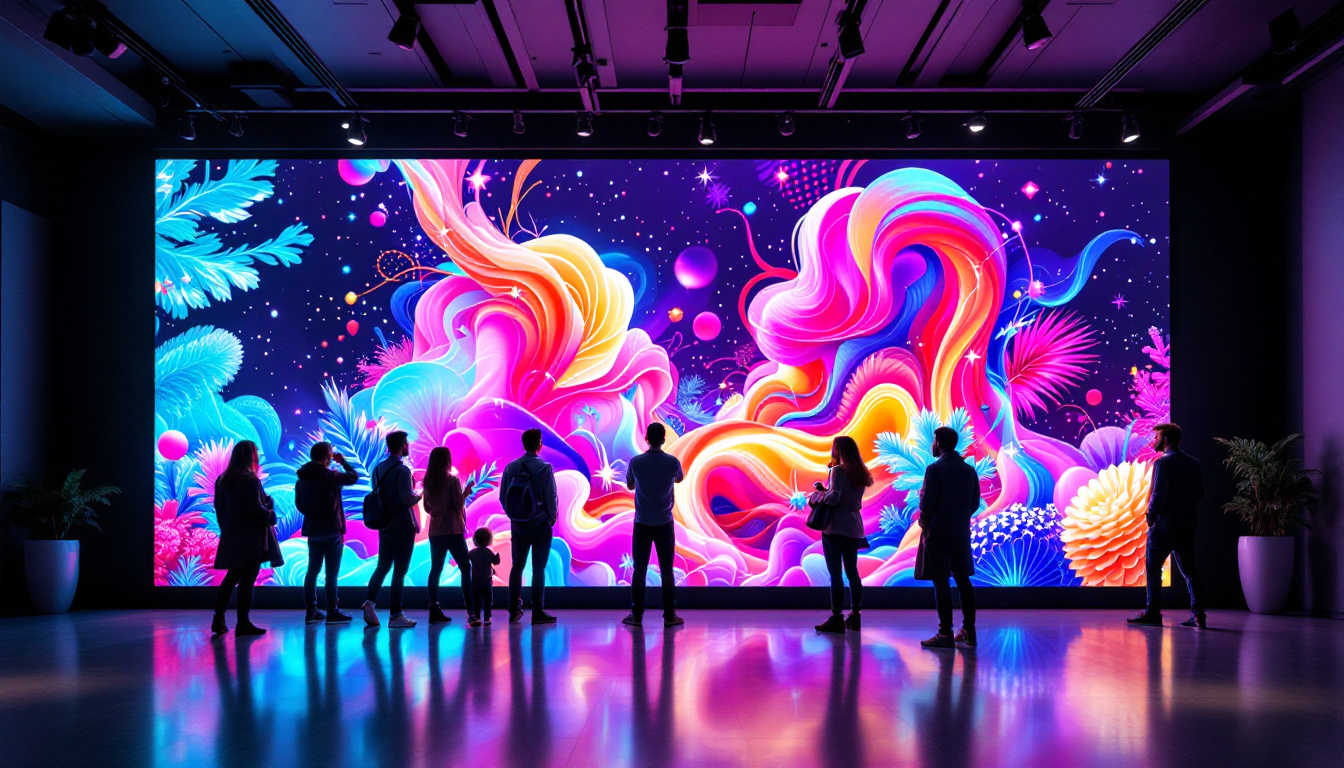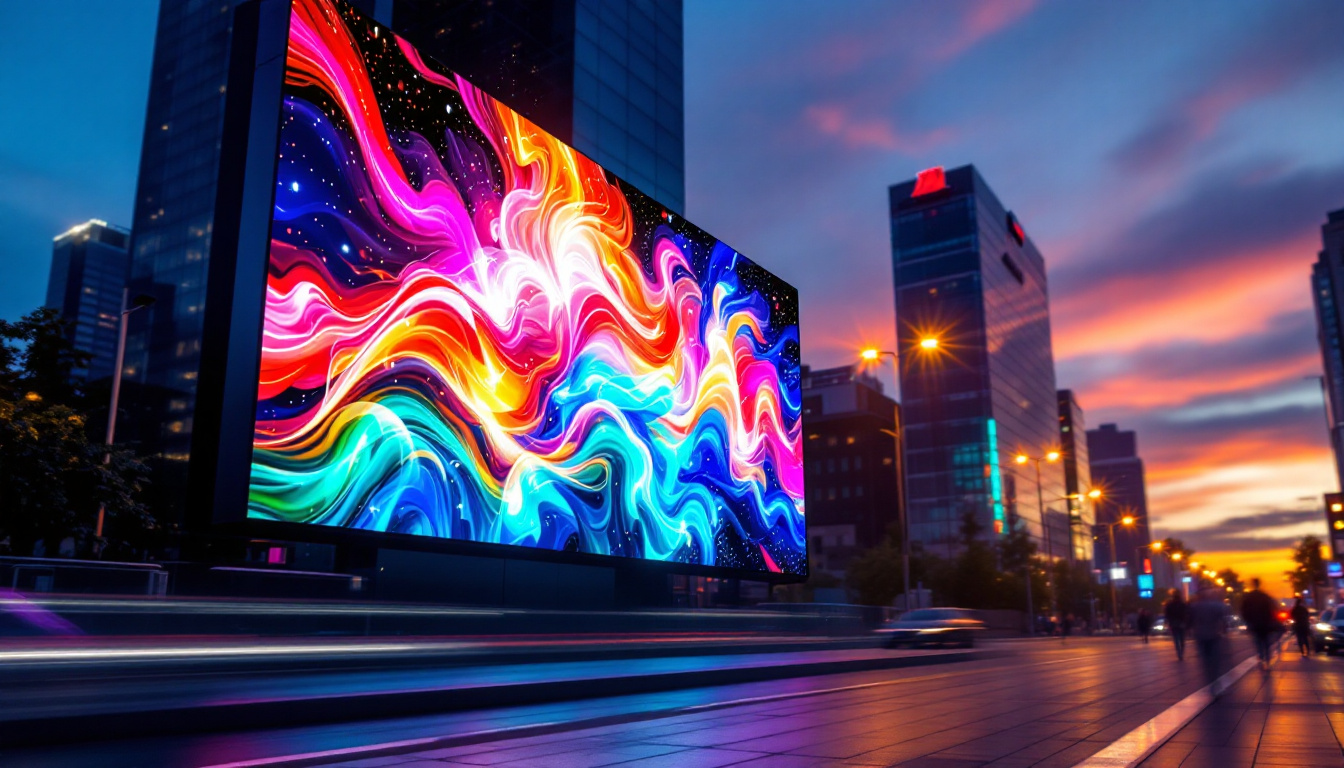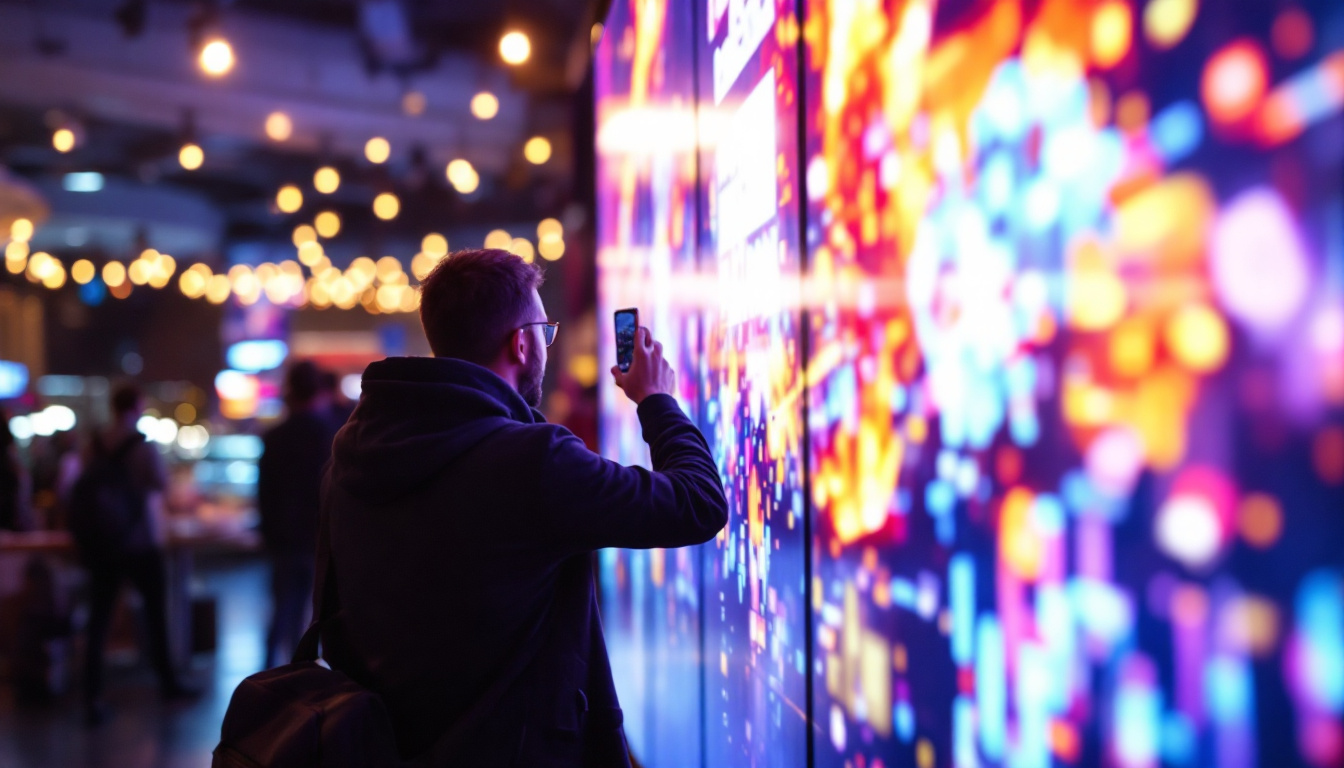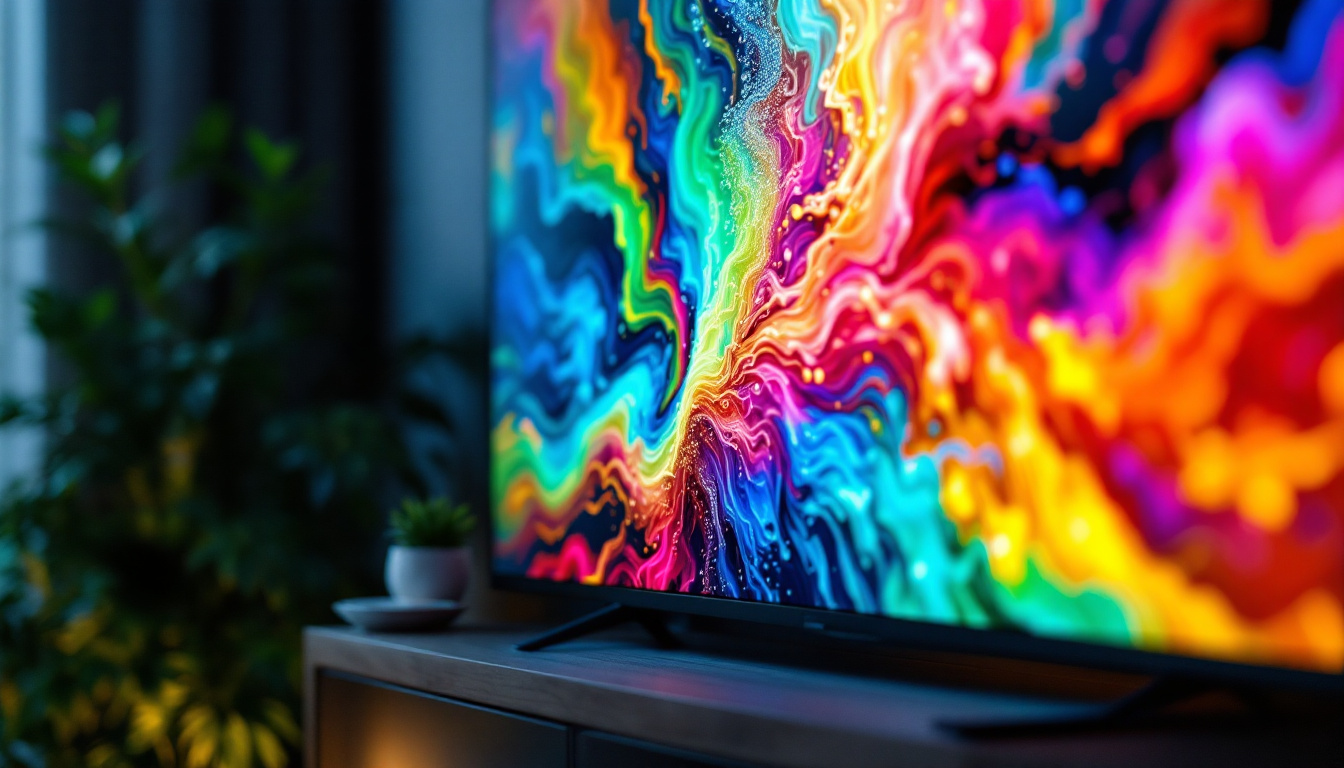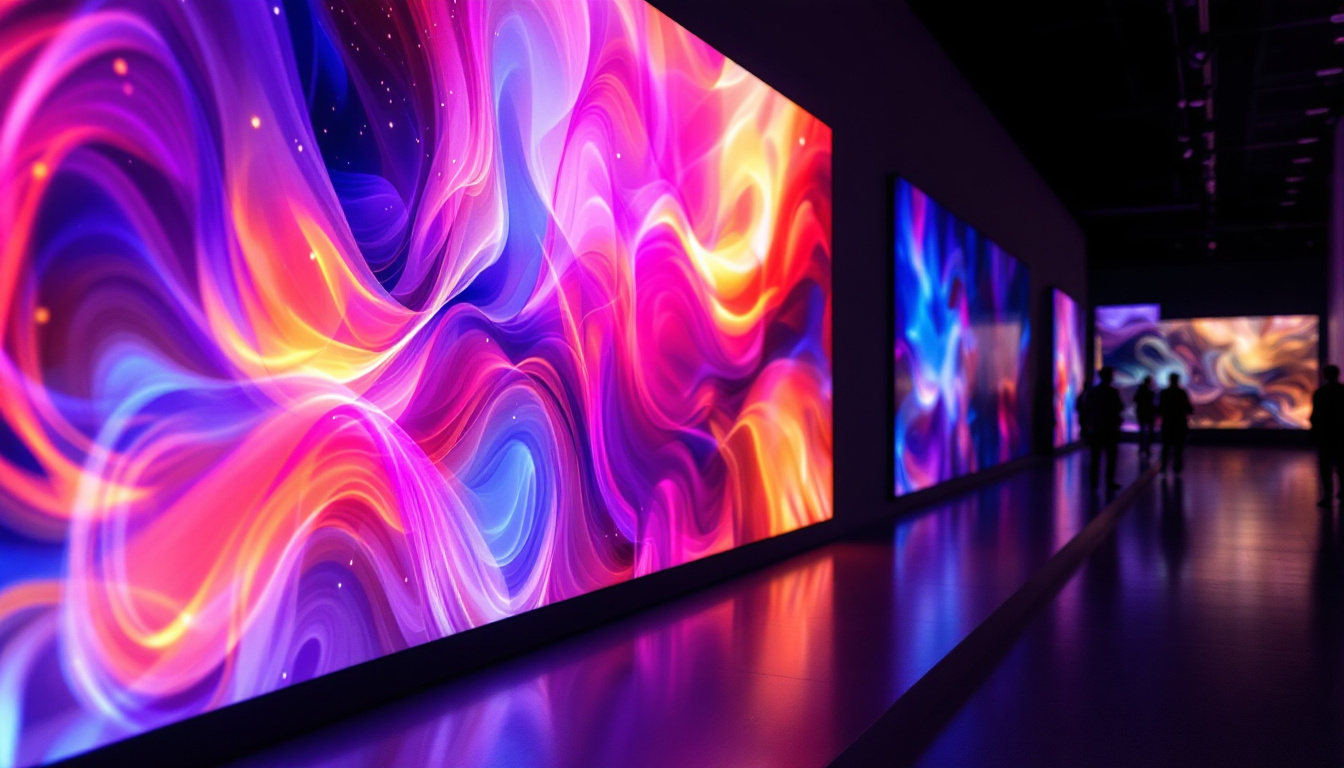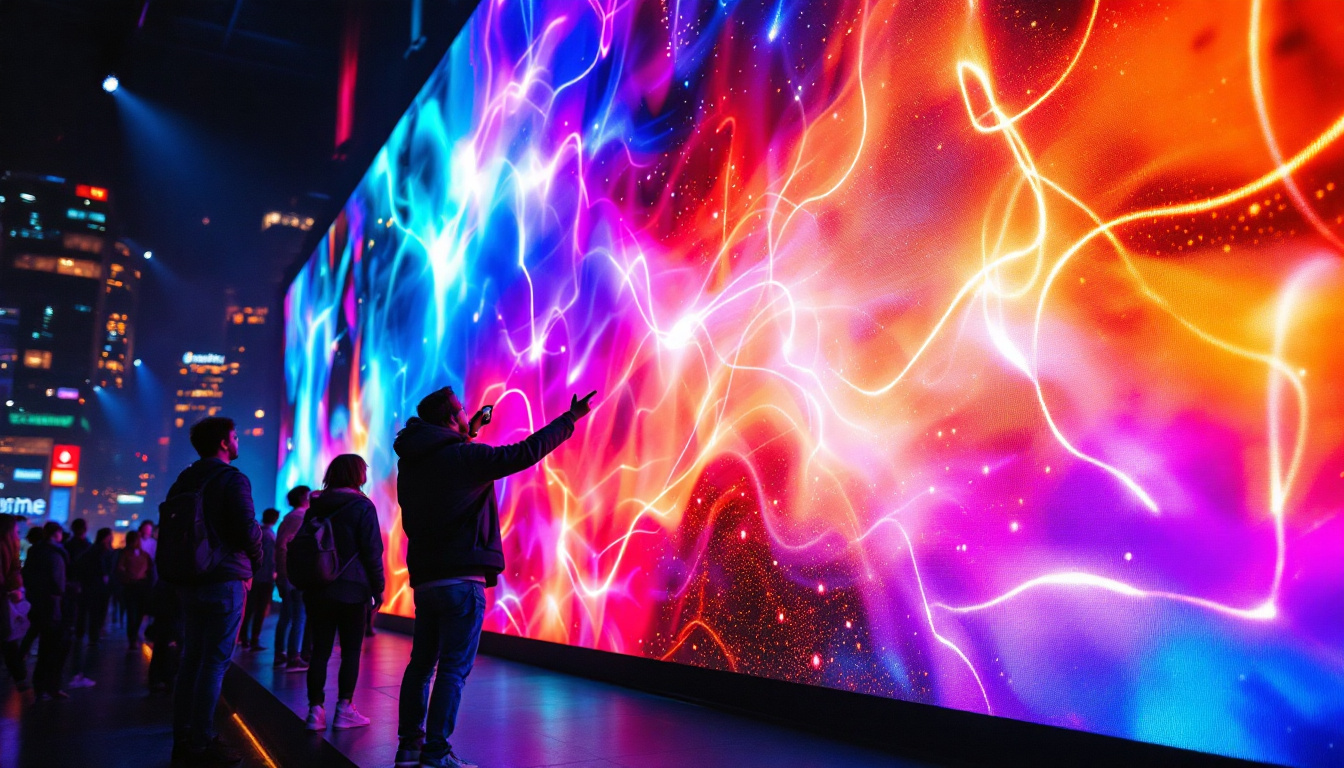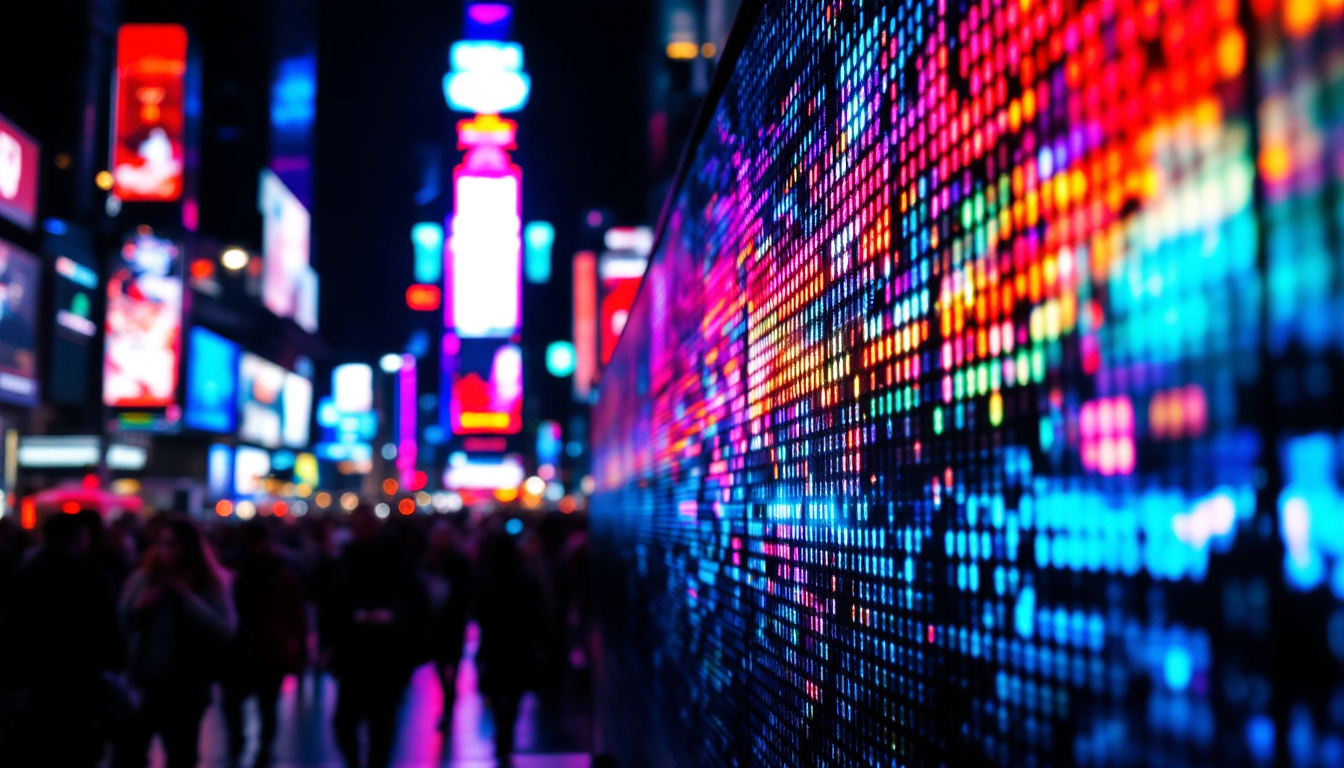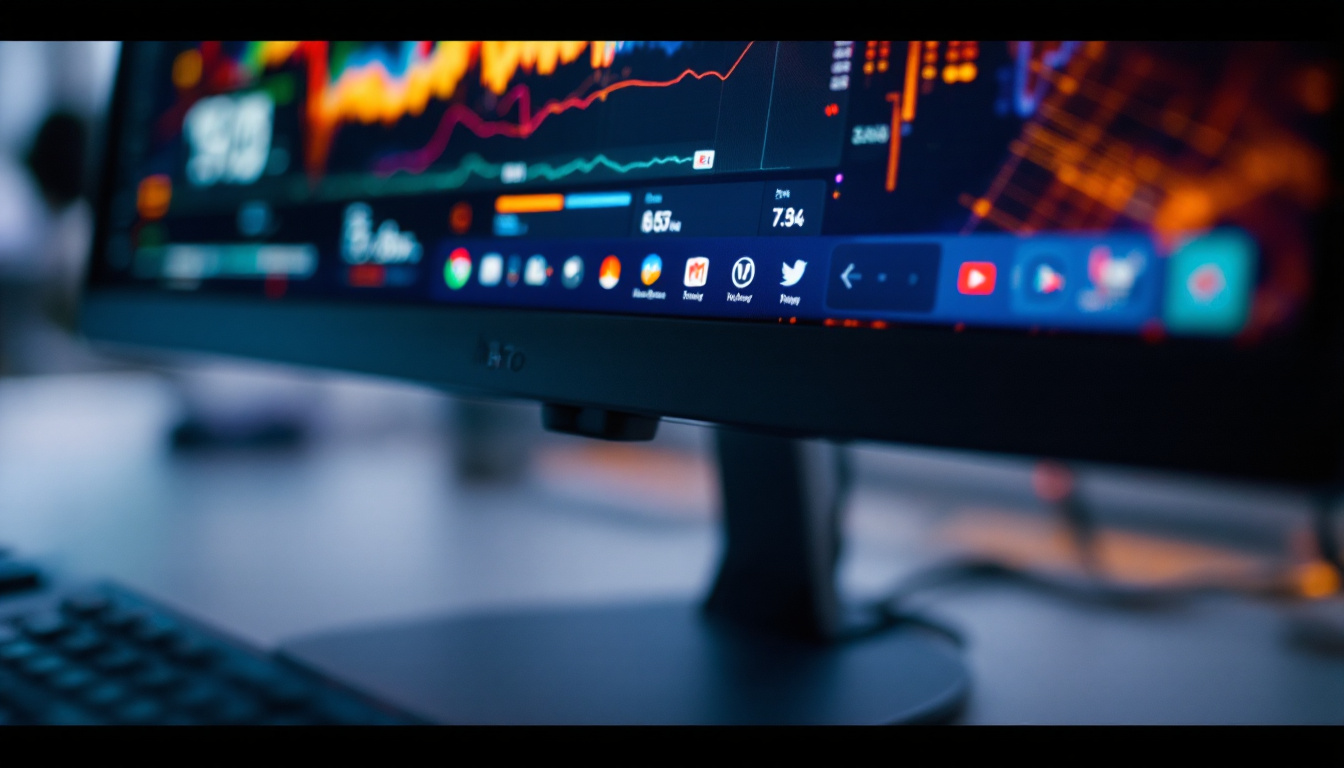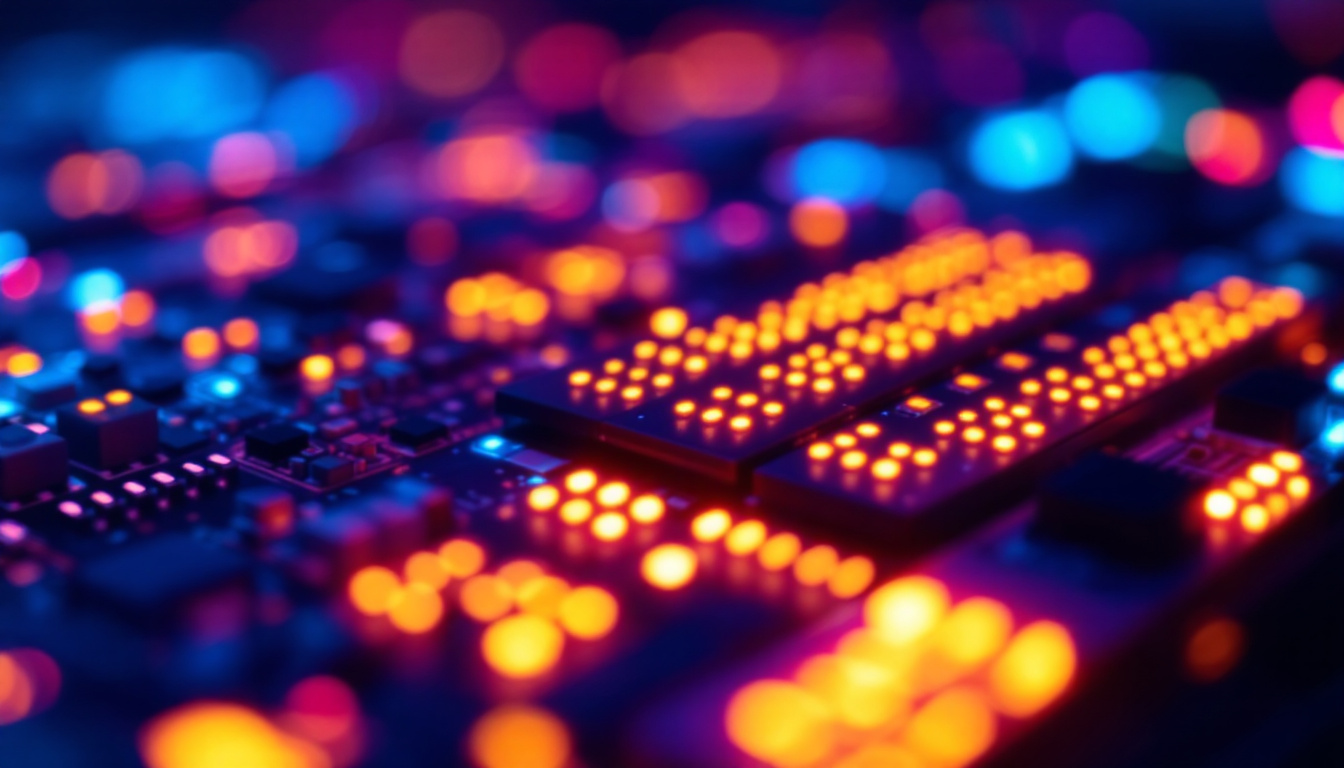In today’s fast-paced world, digital display boards have emerged as a popular choice for homes. These innovative devices, particularly LED displays, offer a range of functionalities that can enhance both aesthetics and utility. This article delves into the various aspects of LED displays, exploring their features, benefits, and practical applications in a home setting.
Understanding LED Displays
LED, or Light Emitting Diode, displays are a type of digital display technology that utilizes light-emitting diodes to produce images and text. Unlike traditional LCD screens, LED displays are known for their vibrant colors, high brightness, and energy efficiency. This section will explore the fundamental components of LED displays and how they function.
Components of LED Displays
At the core of an LED display are the diodes themselves, which emit light when an electric current passes through them. These diodes are arranged in a grid format, allowing for the creation of images and text by varying the intensity of light emitted from each diode. Additionally, LED displays often come with a controller that manages the input signals, enabling the display to show dynamic content.
Another critical component is the housing or casing that protects the internal elements of the display. This casing can be designed for indoor or outdoor use, with outdoor models typically featuring weather-resistant materials. The quality of the casing is essential for ensuring durability and longevity, especially in environments exposed to the elements. Furthermore, many LED displays are equipped with thermal management systems to dissipate heat effectively, which is crucial for maintaining optimal performance and preventing damage over time.
How LED Displays Work
LED displays operate on a simple principle: they convert electrical energy into light. When a voltage is applied to the diodes, they emit light in various colors depending on the materials used in their construction. By controlling the voltage and current supplied to each diode, it is possible to create a wide range of colors and brightness levels.
Modern LED displays often incorporate advanced technology, such as pixel mapping and color calibration, to ensure high-quality visuals. This technology allows for precise control over each pixel, resulting in sharper images and more vibrant colors. As a result, LED displays are not only functional but also visually appealing, making them a great addition to any home. Additionally, the integration of smart technology has led to the development of LED displays that can connect to the internet, enabling features such as streaming services, interactive applications, and real-time updates. This connectivity opens up a world of possibilities, transforming traditional displays into versatile multimedia platforms that cater to a variety of entertainment and informational needs.
Benefits of Using LED Displays in Homes
LED displays offer numerous advantages that make them an attractive option for home use. From energy efficiency to versatility, these displays can serve various purposes while enhancing the overall ambiance of a space. Below are some of the key benefits of incorporating LED displays into home environments.
Energy Efficiency
One of the most significant advantages of LED displays is their energy efficiency. Compared to traditional display technologies, such as CRT or LCD, LED displays consume considerably less power. This efficiency translates into lower electricity bills and a reduced carbon footprint, making them an eco-friendly choice for homeowners.
Moreover, LED displays have a longer lifespan than their counterparts, often lasting up to 100,000 hours. This longevity means fewer replacements and less waste, contributing to a more sustainable lifestyle. Homeowners can enjoy the benefits of vibrant displays without the guilt of frequent replacements. Additionally, many LED displays feature adaptive brightness technology, which adjusts the screen’s brightness based on ambient light conditions. This not only enhances viewing comfort but also further reduces energy consumption, making them an even more responsible choice for the environmentally conscious.
Versatile Applications
LED displays are incredibly versatile, making them suitable for various applications within the home. They can serve as digital signage for displaying messages, schedules, or reminders, or as decorative pieces that showcase art and photography. Additionally, they can be used for entertainment purposes, such as displaying movies or games, enhancing the overall experience.
In recent years, smart home integration has further expanded the possibilities for LED displays. Homeowners can connect their displays to smart devices, allowing for seamless control and customization. This integration enables users to change content remotely, schedule displays, or even sync them with other smart home systems for a cohesive experience. Imagine hosting a movie night where the LED display not only shows the film but also dims the lights and adjusts the room temperature automatically, creating the perfect atmosphere with minimal effort.
Enhanced Aesthetics
Beyond functionality, LED displays can significantly enhance the aesthetics of a home. With their sleek designs and vibrant colors, they can serve as focal points in living rooms, kitchens, or home offices. Whether used to display family photos or dynamic art, LED displays can transform a dull wall into a captivating visual experience.
Furthermore, many LED displays come with customizable frames and mounting options, allowing homeowners to choose styles that complement their existing decor. This adaptability ensures that the display not only serves its purpose but also blends seamlessly with the overall design of the space. Some LED displays even offer the ability to create immersive wall installations, where multiple screens can be combined to form a larger visual canvas. This opens up exciting possibilities for creating unique art pieces or thematic displays that can change with the seasons, adding an ever-evolving element to home decor.
Choosing the Right LED Display for Your Home
With a variety of LED displays available on the market, selecting the right one for your home can be daunting. Several factors should be considered to ensure that the chosen display meets your needs and preferences. This section outlines key considerations when purchasing an LED display.
Size and Resolution
The size of the LED display is one of the first factors to consider. It should be proportionate to the space where it will be installed. A larger display may be suitable for a spacious living room, while a smaller one might be ideal for a bedroom or home office. Additionally, the resolution of the display is crucial for achieving clear and sharp visuals. Higher resolution displays provide better image quality, making them more suitable for detailed content.
When evaluating size and resolution, it is essential to consider the viewing distance. A larger display with lower resolution may suffice for a distant viewing area, while a smaller display with higher resolution may be necessary for close-up viewing. Understanding these dynamics can help homeowners make an informed decision.
Indoor vs. Outdoor Use
Determining whether the LED display will be used indoors or outdoors is another critical consideration. Outdoor displays must be weather-resistant and built to withstand various environmental conditions, including rain, sun, and temperature fluctuations. These displays typically feature brighter LEDs to ensure visibility in daylight.
Conversely, indoor displays can focus more on aesthetics and may not require the same level of durability. Homeowners should assess their specific needs and the intended location of the display to choose the appropriate type.
Smart Features and Connectivity
In today’s connected world, smart features and connectivity options are essential for maximizing the functionality of an LED display. Many modern displays come equipped with Wi-Fi or Bluetooth capabilities, allowing users to connect their smartphones, tablets, or computers for seamless content sharing.
Smart features may also include the ability to integrate with home automation systems, enabling users to control the display through voice commands or mobile apps. Homeowners should consider which features are most important to them and how they plan to use the display in their daily lives.
Installation and Maintenance of LED Displays
Proper installation and maintenance are vital for ensuring the longevity and optimal performance of LED displays. This section will provide insights into the installation process and essential maintenance tips to keep displays in top condition.
Installation Process
Installing an LED display can vary in complexity depending on the size and type of the display. Smaller indoor models may only require basic mounting hardware, while larger outdoor displays may necessitate professional installation to ensure safety and compliance with local regulations.
Before installation, it is crucial to choose the right location, considering factors such as visibility, accessibility, and power supply. Homeowners should also ensure that the display is mounted securely and at an appropriate height for optimal viewing. Following the manufacturer’s guidelines during installation can help avoid potential issues and ensure a smooth setup.
Maintenance Tips
Maintaining an LED display is relatively straightforward, but regular care is essential for preserving its functionality and appearance. Dust and dirt can accumulate on the screen, affecting visibility and performance. Using a soft, lint-free cloth to gently wipe the screen regularly can help keep it clean.
Additionally, homeowners should monitor the display for any signs of malfunction, such as flickering or color distortion. Addressing these issues promptly can prevent further damage and extend the life of the display. It is also advisable to keep the software updated, as manufacturers often release updates that improve performance and security.
Conclusion
Digital display boards, particularly LED displays, have revolutionized the way homeowners can communicate, entertain, and enhance their living spaces. With their energy efficiency, versatility, and aesthetic appeal, they offer a myriad of benefits that can transform any home environment.
By understanding the components, benefits, and considerations involved in choosing and maintaining an LED display, homeowners can make informed decisions that align with their needs and preferences. Whether used for functional purposes or as a decorative element, LED displays are undoubtedly a valuable addition to modern homes.
As technology continues to evolve, the possibilities for LED displays will only expand, paving the way for even more innovative applications in the future. Embracing this technology can enhance not just the functionality of a home but also its overall ambiance, making it a worthwhile investment for any homeowner.
Discover LumenMatrix LED Display Solutions
Ready to elevate your home with the latest in LED display technology? Look no further than LumenMatrix, a pioneer in creating immersive visual experiences that go beyond the ordinary. From the comfort of your living room to the exterior of your home, our diverse range of products, including Indoor and Outdoor LED Wall Displays, Vehicle LED Displays, and more, are designed to integrate seamlessly into your lifestyle. Embrace the future of home entertainment and decor with our innovative LED solutions. Check out LumenMatrix LED Display Solutions today and transform your space into a dynamic canvas of light and color.

